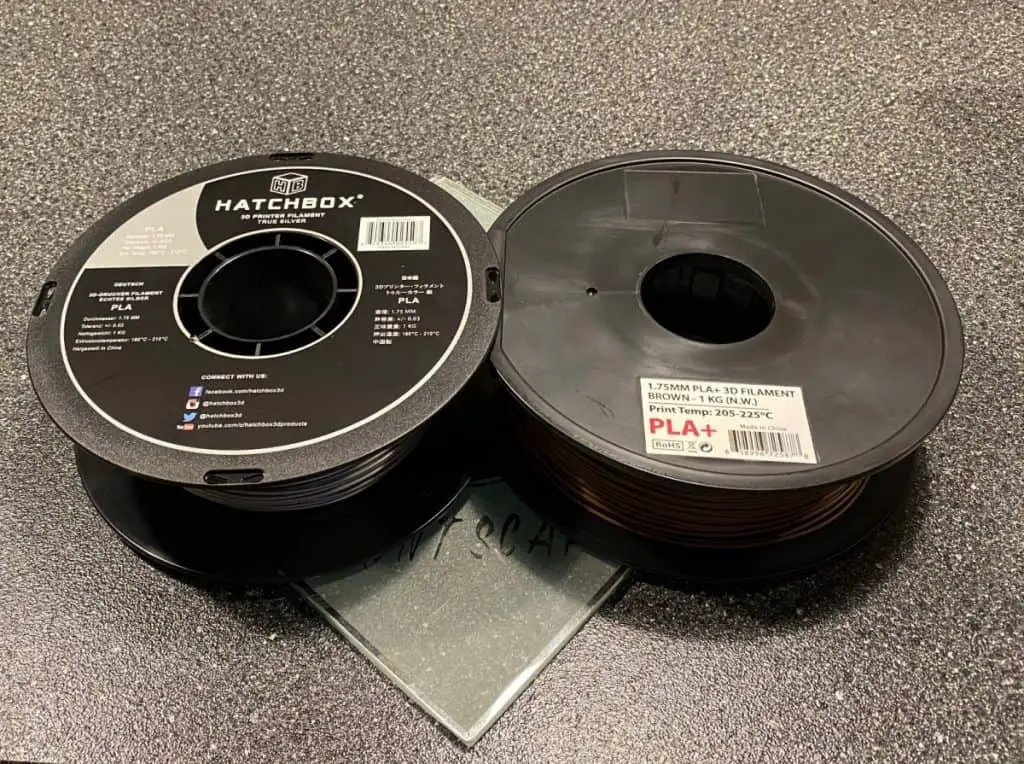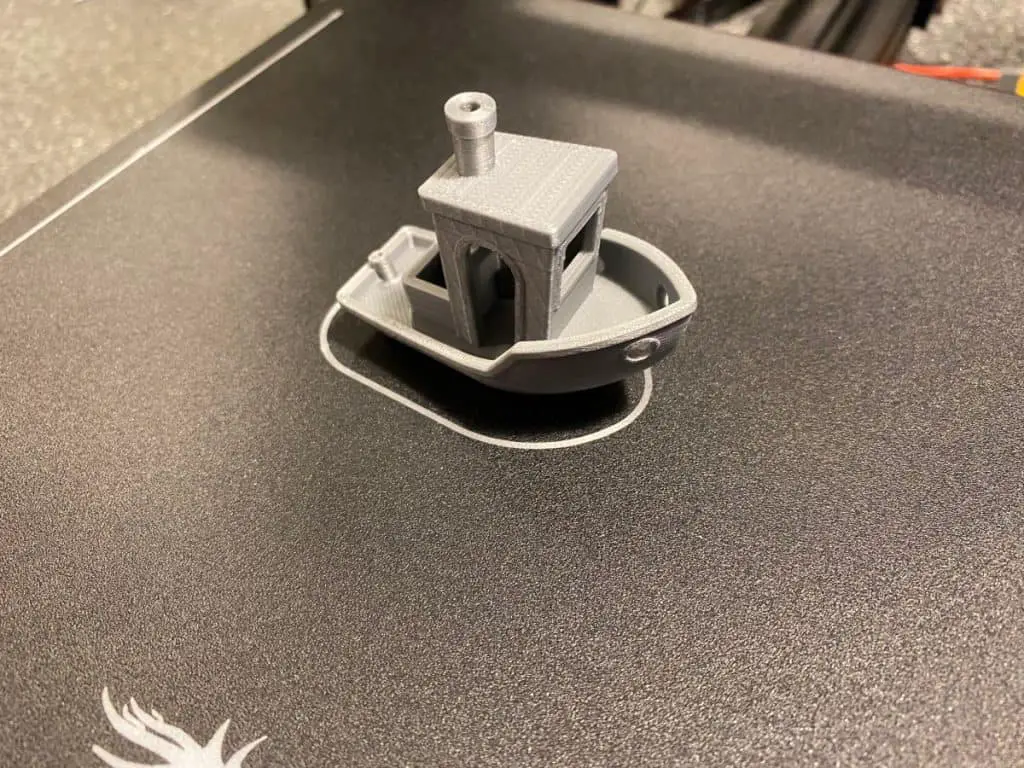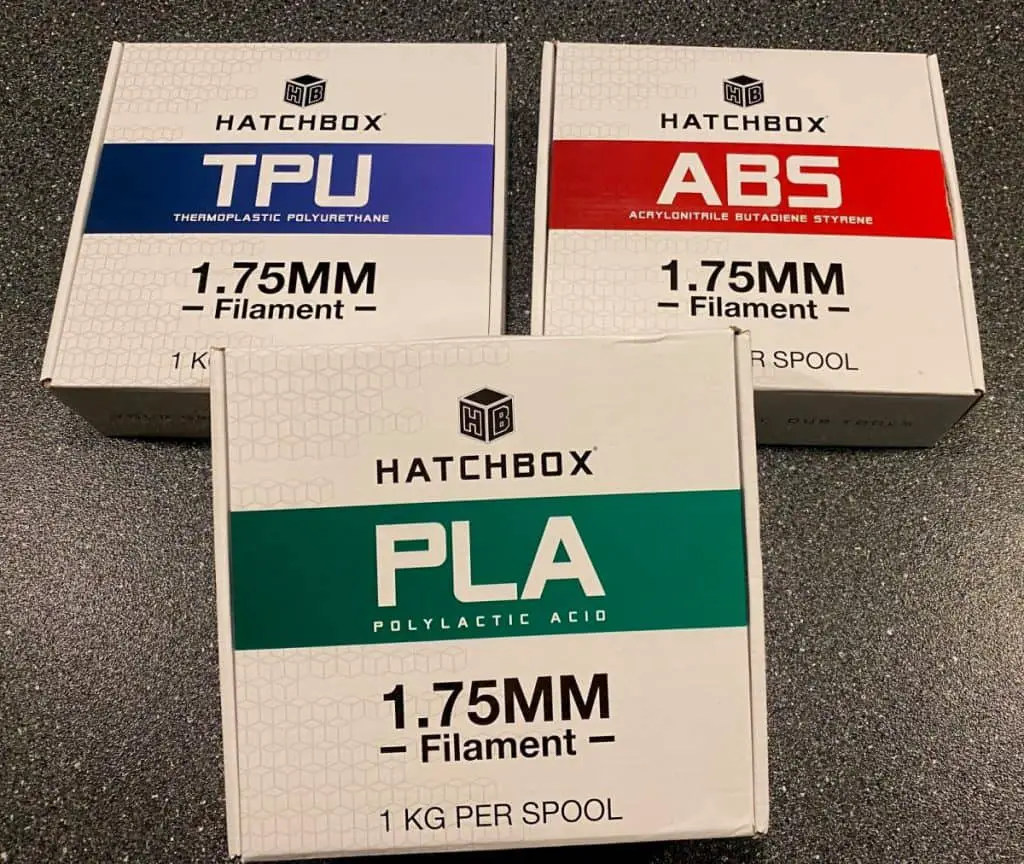PLA and other 3D printing materials can be used to print objects that can be used both inside, and outside. As well as, objects that can be used to hold water such as cups. But, I was curious if PLA is actually water soluble, and if so how long does it take to break down in water, here’s what I found.
PLA is not water soluble. But, if exposed to hot water for longer than a minute or so or left outside permanently many PLA filaments will become very brittle, become bendy, or break apart. If you intend to use PLA for a water-based purpose get one specifically designed to be resistant to water.
The factors that control how fast or slow PLA will break down in water are how long it’s exposed to the water, and how hot the water is. Below, I will explain how long it takes for PLA to break down in water based on numerous experiments people have done, and what happens when PLA is in contact with water.

How Long Will PLA Last in Water
PLA exposed to the air will last an extremely long time. But when left underwater, or if it gets consistently wet most PLAs will become brittle and break apart. So here’s an explanation about how long PLA will last in water.
Many PLAs will last less than a week in water, but as little as 5 minutes. If PLA is left in water that is hotter than about the 44.7 °F (70 °C) it will last less than a week. But, if water is put on to it from the hot water tap 70°C (160°F) it will last as little as a few minutes.
The exact way that PLA breaks down does depend on the type of PLA. For example, experiments have shown that different brand and types of PLAs break down faster than others. Some will be become brittle and kind of shatter as you bent them.
Breaking off into chunks. Others will become very bendy, and if you bend them they will deform. Here’s a video that shows how different PLAs responded after being left to soak in water that is 44.7 °F (70 °C) for a week.
If PLA breaks down in cold water or not
You may want to 3D print objects to be put outside. Examples are potplants, and ornaments. Outside generally, 3D printed object aren’t exposed to hot water. Unless it rains and then is really sunny straight after. Therefore, the water that sits on 3D printed objects outside will be cold.
And the same effects that water has can be more or less. But, interestingly a similar thing happens if PLA is left outside for extended periods of time. Here’s a really good video that shows how some PLA objects were undamaged at all by water. Whereas, others broke apart quite easily from being left outside exposed to cold water and the sun:
The main take away is that some brands and types of PLA hold up well in hot and cold water. Whereas, other break apart. Therefore, you’re best to get a PLA that is specifically designed to be water resistant if you want to 3D print something to kept outside.
Based on the results in the video the 3D printed objects will hold up OK, and won’t break apart instantly. But, if you want to something to last more than 6 months to a year, then get a PLA that is designed to be safe for water.
If you get a generic PLA, it can be a bit ‘hit and miss’ whether it will be water resistant. Some can be while others won’t be.
PLA 3D printed objects for food containers like cups
A team of researchers published an article in the Food and Chemical Toxicology Journal, as explained by All3DP. The conclusion is that PLA is food safe. But, they also say that its not the ideal material to use for food containers and utensils.
The reasons they cite are that it’s possible for contaminants in the hot end to get into the plastic, and these can then leech out of the plastic into the food. Which can cause you to ingest them. Therefore, plastic designed specifically for food is better rather than generic PLA.

What Happens When PLA Absorbs Moisture
A roll of PLA filament can be stored somewhere where it accidentally gets wet. Or, a completed 3D print, printed in PLA can get wet on purpose or by accident. So, this is what happens if PLA absorbs moisture.
When most types of PLA absorb moisture they become brittle and they will crack and break apart when put under stress such as bending. But, some PLAs are more resistant than others and won’t break at all. Moisture that is hot such as hot water will also cause PLA to become bendy.
Unless a PLA filament states that it is water resistant, or can get wet on the packaging info then it’s safe to assume it will not hold up well when left underwater for a short time (days). Or, if it gets wet and dries again over a period of months to years.
Why Is PLA Not Soluble in Water
PLA does not dissolve in water. If left in water it will remain solid but will get weakened, and eventually break apart. Also, in hot water most PLAs will get bendy. Here’s the reason why PLA is not soluble in water.
Overall, it’s because PLA is inert chemically with water. For a something to dissolve in water it needs to be chemically reactive with water. On a molecular level the slight positive and negative charges of hydrogen (H) and oxygen (O) will break more weakly bonded chemical structures.
PLA has very strong chemical bonds, therefore, they’re unaffected by the charge of the water molecules. Weaker chemically bonded compounds such as salt (NaCl) can be broken apart by the negative and positive charge of water molecules (source).
This causes them to break apart and get dissolved into the water. Whereas, PLA has very strong chemical bonds that don’t break apart in the presence of water.

Related Articles
- Does PLA Filament Need To Be Dried Before Use?
- How To Tell if PLA Filament Has Gone Bad
- PLA vs PLA+ – What’s the Difference?
- All About 3D Printer Plastic
- Can You Spray Paint PLA? Details Inside!
- Best PLA Glue – The Answer Inside!
Make sure you check out our YouTube channel, and if you would like any additional details or have any questions, please leave a comment below or join us on Discord. If you liked this article and want to read others click here.
